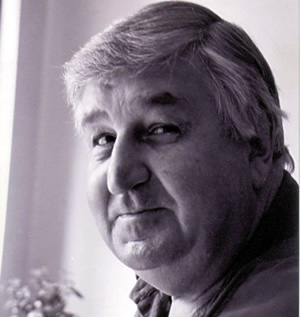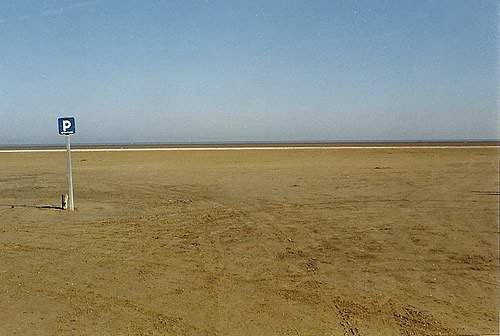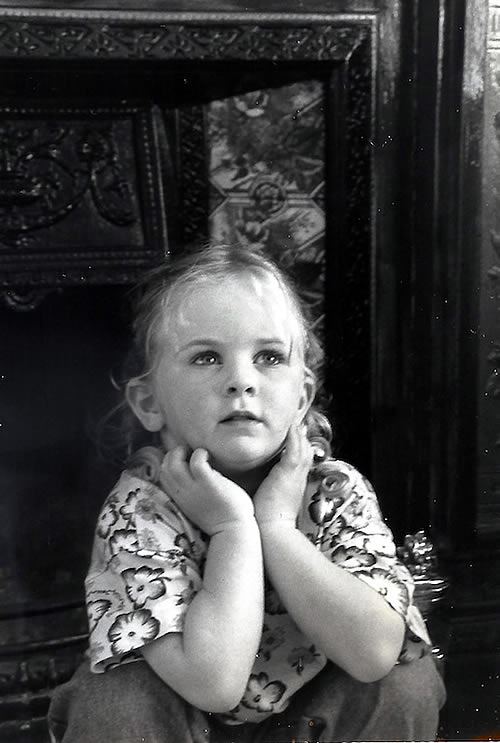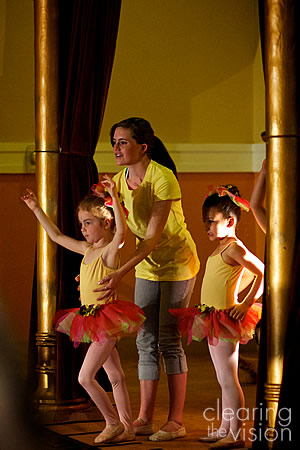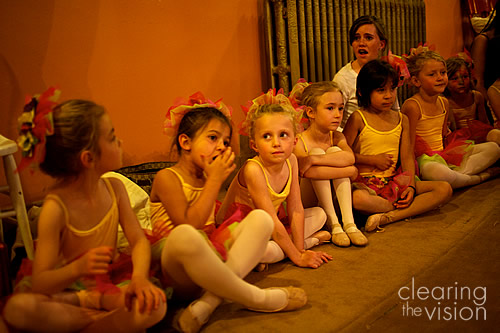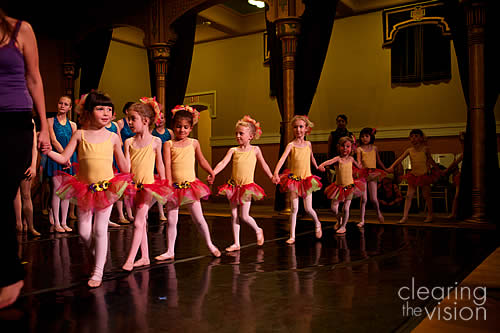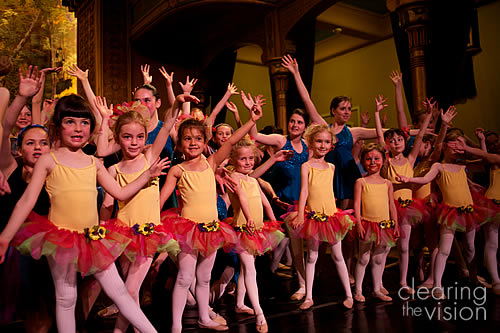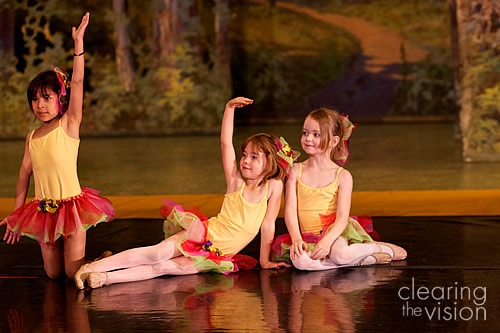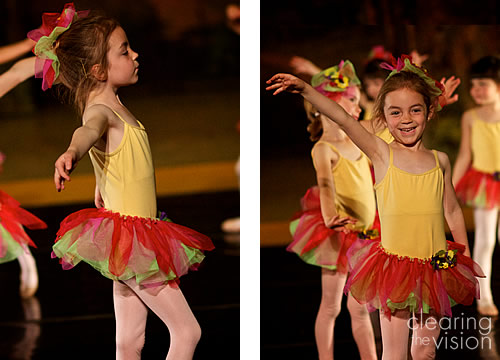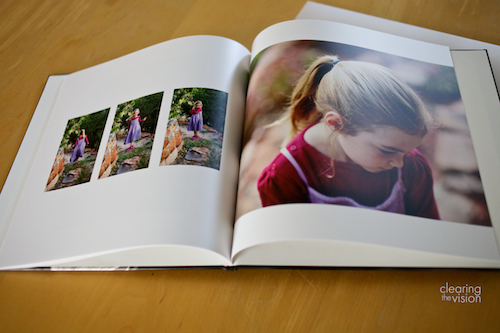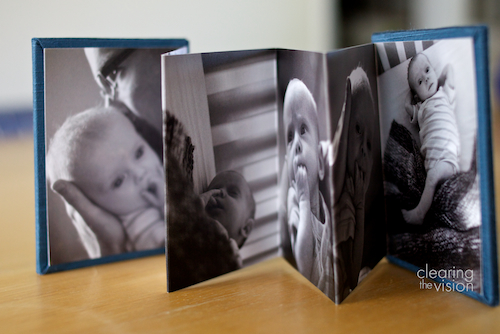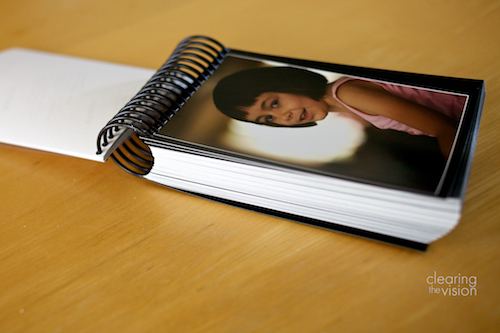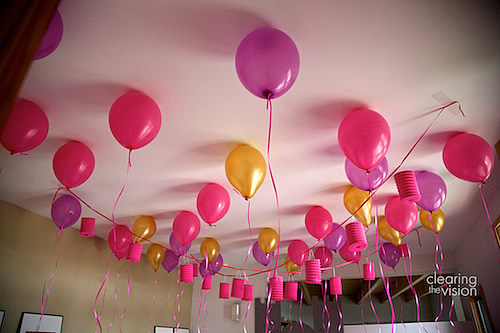
In one of my other lives, I’m a journalist and writer. I used to write for The Irish Times in Dublin, I’ve published a book of travel writing (it’s a lasting regret that it has no photographs in it, but at the time I was taking rubbish photos), and I now write for New Mexico Magazine and other places at times. (I outlined what I learned about photography from being a writer here).
I’m storyteller when I’m stringing words together. And I’m increasingly realizing, they key to good images (at least of the style I prefer) is to be a good storyteller when you’ve got a camera in your hand.
A good picture, or a set of pictures, tells a story. Images can be beautifully lit and technically perfect, but if they doesn’t say something, then what’s the point?
Everything in the image needs to contribute to the narrative you intend. Sometimes what you’re trying to say is simple – this is a happy girl – but for more complicated events, it’s worth having a think about how best to get your message across: what to include and what to leave out.
Imagine you’re talking to a friend
Ashley Biggers, my talented editor at New Mexico Magazine recently made a suggestion about a travel piece I’m writing for her, which is also appropriate to making images at an event or portrait session:
‘Imagine you’re excitedly telling your friend about the best parts of your visit. What would you say?’
This gets to the heart of the matter – you wouldn’t start at the beginning and give equal importance to every last thing you did (‘First I drove there, then I parked the car, then I put on my coat . . . ‘), but you also wouldn’t spend all your time talking about one aspect of the event.
So in photography terms, you wouldn’t photograph everything, or only take lots of the same sort of photographs.
Some things are just more important than other things, and you’ll get excited over some things and not others – so keep asking yourself what those key things are and make sure you show them clearly.
Telling the story of a party
Our daughter had her sixth birthday recently, and chose a princess theme for party (naturally).
My wife had spent a lot of time and effort preparing the room for the party, going so far as to build a castle facade with working doors (she’s an architect).
As I photographed the event, I wanted to make sure I set the scene with the images, as well capturing the key events.
When we look back in years to come, some of what we’ll want to recall will be the way the whole thing looked, not just tight shots of our daughter.
So if I’m telling you about what the party was like, I’d start with ‘The room looked amazing. We had tons of balloons all over the ceiling.’ (as you can see from the photograph at the top of this story)
‘There were princess sceptres to decorate. And Miss F’s mum made a fabulous castle facade with working doors and ramparts and stuff.’
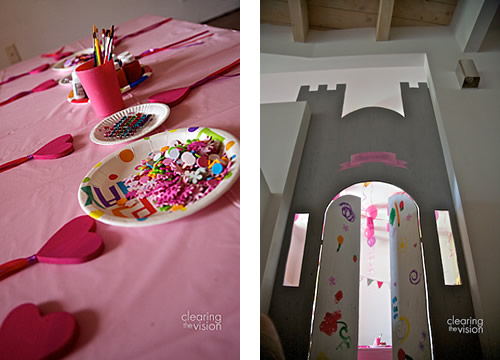
‘Each time a new guest arrived, Miss F closed the door and then got really excited when they knocked and asked to come in. And all the princesses looked so cute sitting down at the table in their ‘castle’.’
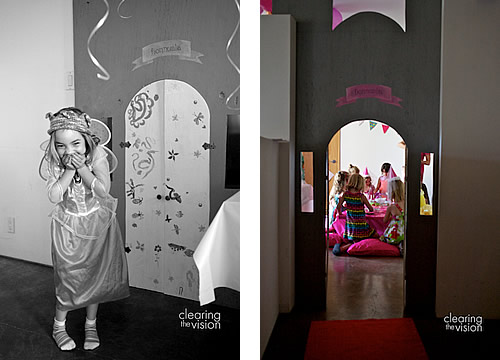
‘They went outside and our older friend read them princess stories.’
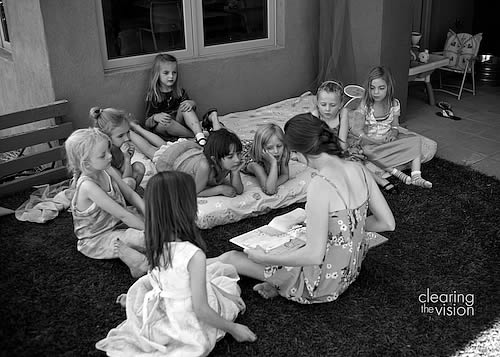
If the photographs do their job, then the text descriptions are unnecessary – and the images add some details and visual appeal that the words don’t contain.
I have the obligatory photographs of my daughter blowing out the candles as well, but some of these wider shots (all taken with a 35mm lens) tell a more complete story of the day.
So don’t be afraid to shoot wide, and imagine you’re talking to someone about the highpoints of the event you’re photographing.
